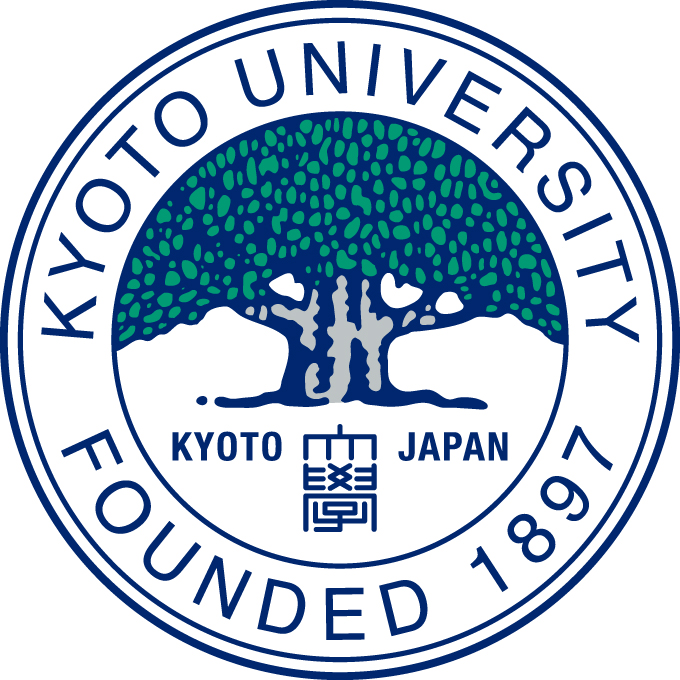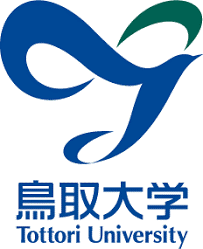研究成果
Elucidating the diversity of the super crop quinoa - Expectations for breeding quinoa with high environmental adaptability and excellent nutritional properties -
Towards elucidating the gene function of super crop quinoa ―Unravelling the mystery of excellent environmental adaptability and nutritional properties to accelerate crop improvement―
Summary
JIRCAS, in collaboration with Iwate University, Kyoto University and Actree Corporation, has developed the world's first technology for analyzing gene function in quinoa. Native to the Andes of South America, quinoa has good nutritional balance and has been the focus of NASA as food for astronauts. In recent years, it has become more popular around the world as a superfood. In addition, because it can be cultivated in harsh environments such as under drought conditions, the Food and Agriculture Organization of the United Nations (FAO) is paying attention to quinoa as a crop that can be a trump card for solving global food and nutrition problems. However, due to the complexity of the genome structure and other reasons, the analysis of quinoa at the genetic level has not progressed much so far. A collaborative research that includes JIRCAS deciphered the quinoa genome for the first time in the world in 2016, and revealed the diversity of quinoa strains in 2020. In the present study, we succeeded in controlling the color of leaves and stems, height, and flower shape in quinoa by modulating the expression of quinoa genes using two virus-mediated transient expression techniques, namely, virus-induced gene silencing (VIGS) and virus-mediated overexpression (VOX). The development of this technology has made it possible to examine the functions and roles of individual quinoa genes, paving the way to elucidate the mechanisms involved in the excellent nutritional properties and high environmental adaptability of quinoa. Based on these results, it is expected that the development of quinoa, a super crop that has excellent nutritional characteristics and can adapt to harsh environments, will be accelerated not only in South American countries such as Bolivia, the country of origin, but also in more than 100 countries including Japan where quinoa cultivation is becoming widespread, and thereby contribute to global food security, nutrition improvement, and eradication of hunger (SDG 2 “Zero hunger”).
The results of this research were published in the electronic version of the international scientific journal "Frontiers in Plant Science" (14:00, March 18, 2021 Japan time).
- Related Information
- This research was supported by cooperative research funds from Actree Co., the Science and Technology Research Partnership for Sustainable Development (SATREPS) program “Development and dissemination of sustainable quinoa production technology to cope with climate change” (Research Leader: FUJITA Yasunari ) of the Japan Science and Technology Agency (JST) and Japan International Cooperation Agency (JICA), and the Ministry of Agriculture, Forestry and Fisheries (MAFF).
Publication
- Authors
- Ogata, T., Toyoshima, M., Yamamizo-Oda, C., Kobayashi, Y., Fujii, K., Tanaka, K., Tanaka, T., Mizukoshi, H., Yasui, Y., Nagatoshi, Y., Yoshikawa, N., Fujita, Y.
- Title
- Virus-mediated transient expression techniques enable functional genomics studies and modulations of betalain biosynthesis and plant height in quinoa.
- Journal
- Frontiers in Plant Science (2021). DOI: https://doi.org/10.3389/fpls.2021.643499
For Inquiries
JIRCAS (Tsukuba Headquarters)
President: IWANAGA Masa
Program Director: NAKASHIMA Kazuo
Researcher-in-charge: FUJITA Yasunari (Biological Resources and Post-harvest Division)
Press Coordinator:NAKAMOTO Kazuo (Head, Information and Public Relations Office)
Press e-mail:koho-jircas@ml.affrc.go.jp
Iwate University (Morioka, Iwate)
Researcher-in-charge: YOSHIKAWA Nobuyuki (Agro-Innovation Center)
Kyoto University (Kyoto, Kyoto)
Researcher-in-charge: YASUI Yasuo (Graduate School of Agriculture)
Actree Corporation (Hakusan, Ishikawa)
Researcher-in-charge: TANAKA Tsutomu (Technology Development Research Group)







